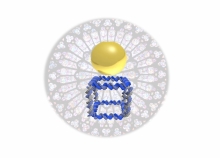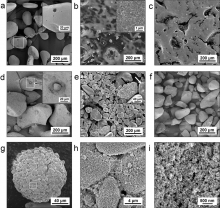Scientists have been looking at pollution affecting the air, land and water around the Athabasca Oil Sands for some time. After looking at contaminants in snow taken from up-to 25 km away from the oil sands, a McGill-led scientific team now suggests that oil sand pollution is also affecting the weather patterns in the surrounding regions.


New research from McGill University links air pollution nanoparticles to brain cancer.

Gold nanoparticles have unusual optical, electronic and chemical properties, which scientists are seeking to put to use in a range of new technologies, from nanoelectronics to cancer treatments.

Researchers at McGill University have discovered a new way to join materials together using ultrasound. Ultrasound – sound so high it cannot be heard – is normally used to smash particles apart in water. In a recent study, the team of researchers, led by McGill professor Jake Barralet, from the faculties of Dentistry and Medicine, found that if particles were coated with phosphate, they could instead bond together into strong agglomerates, about the size of grains of sand. Their results are published in the journal Advanced Materials.

Researchers from McGill University, RIKEN (The Institute of Physical and Chemical Research, Wako, Japan) and the Institute for Molecular Science (Okazaki, Japan) have discovered a way to make the widely used chemical process of hydrogenation more environmentally friendly – and less expensive.
